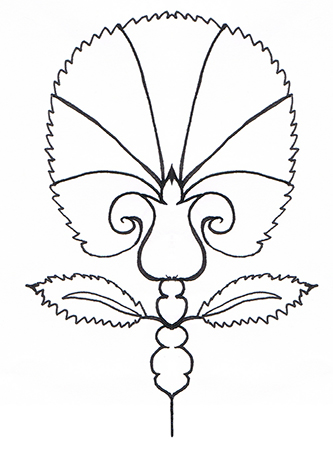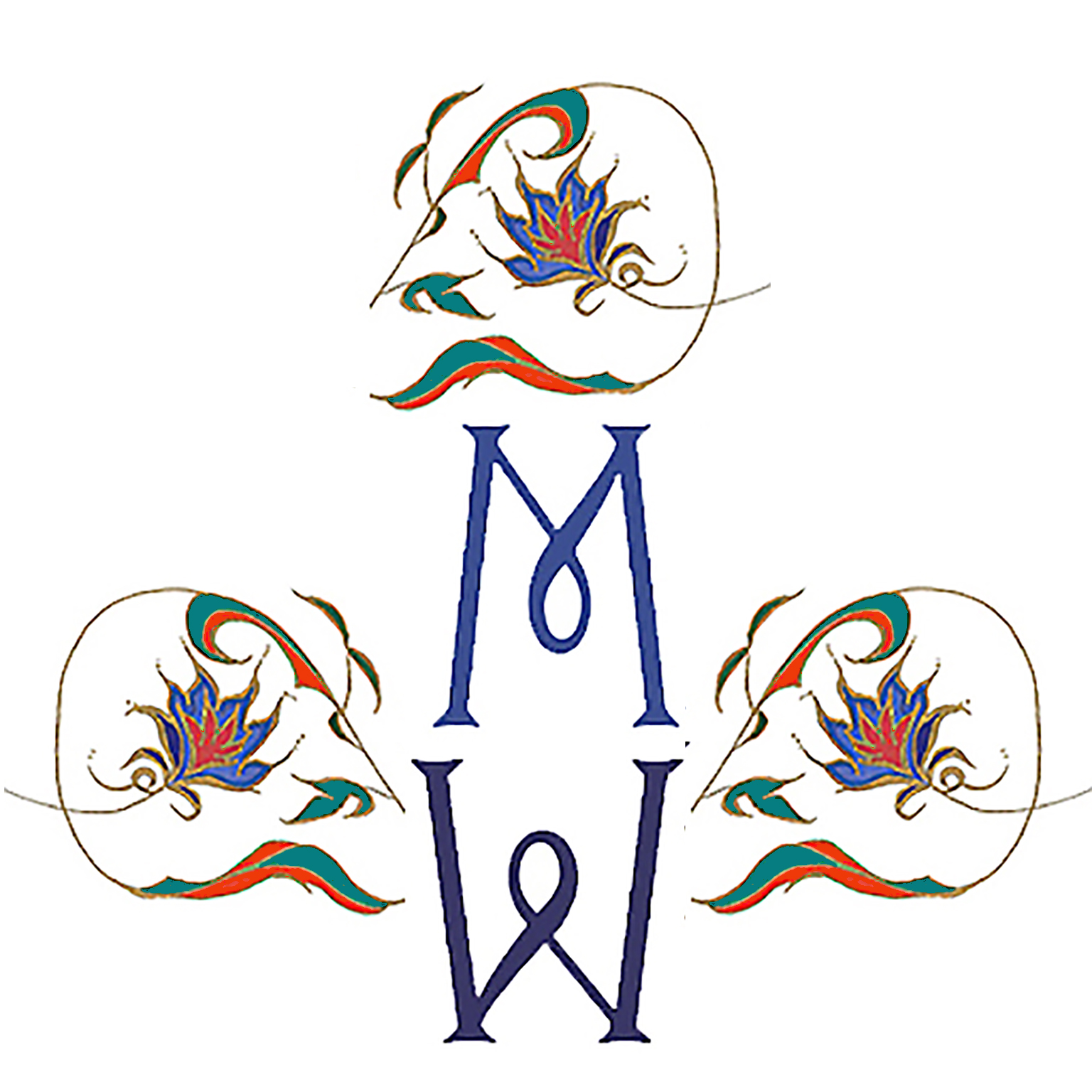Traditional Turkish Ottoman motifs are unique to the history of the Ottoman Empire and have been used to decorate many words of art and clothing including fabrics, tiles, ceramics, carpet and decorative arts since the 13th century reaching their zenith in the 16th century. The motif designs include stylised flower and fruits such as the carnation, hyacinth and tulip.
Embroidered textiles were an integral part of Ottoman daily life, used for home furnishings and clothing. Textiles played a role in daily activities and were used as gift-wrappings, room decorations, daily linens, and clothing. Embroidered textiles were also used for more ceremonial purposes, such as weddings, births, and circumcisions. Handmade textiles were symbols of status and illustrated not only the wealth of a woman’s family but also her skill as an embroiderer.
Red, blue, green, yellow, white, and black were the six colours used most frequently in Ottoman embroidery from the 17th to the mid-18th century.
Carnation
The carnation symbolises spring, new birth, renewal and a marriage between earthly gardens and the flower filled fields of Paradise. The popularity of the carnation pattern originated during the 16th century from the ceramic workshops in Iznik. These workshops produced decorated ceramics and tiles for the Ottoman palaces and mosques. The carnation was grown in abundance in the countryside surrounding Iznik. The design was used widely on tiles, ceramic products such as plates, bowls and flagons, and also in the pattern design of fabulous clothing and home textiles.

Tulip

Hyacinth






